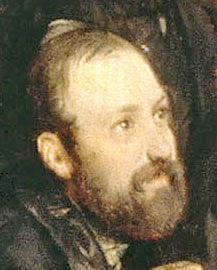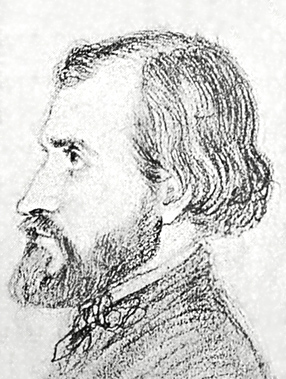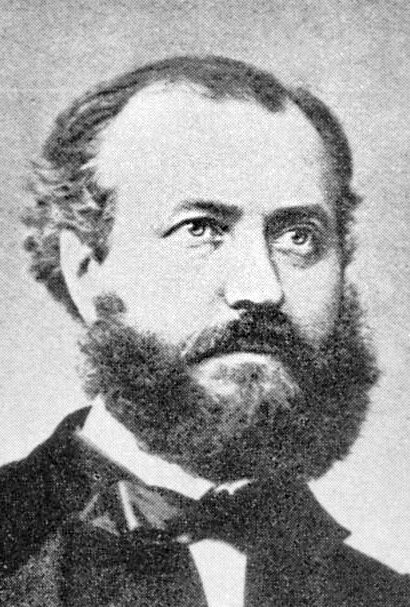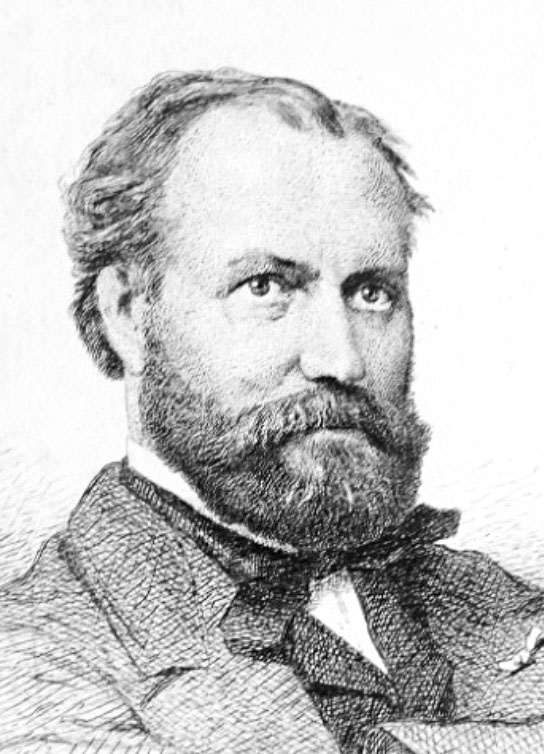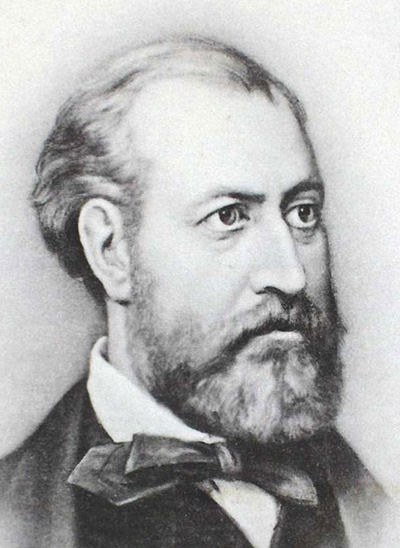Charles Francois Gounod (1818 - 1893), composer
1st image: Biard; 2nd: by Pauline Viardot (c.1850); 3rd: by Huebner (before Legion d'Honneur, c.1855); 4th: engraving from Petit (1857); 5th: engraving by Jeneki (1859). (Alternative: Ponsard)
Charles Gounod gained widespread fame in 1853 with his Méditation sur le premier prélude de Bach, based on Johann Sebastian Bach’s C major prelude nr. 1. At the time, Bach was a neglected composer, but Gounod’s adaptation elevated the work, blending instrumental music with the text of the Ave Maria, an 11th-century Latin prayer. The piece became the highlight of musical events, earning press labels such as a “pièce inevitable” (inevitable piece) with “son succès habituel” (usual success).
Originating as an improvisation at the home of Gounod’s future wife, Anna Zimmerman (he dedicated the work to her father), its performance at de Nieuwerkerke's16 vendredi-soirée on January 27, 1854, was so successful that Gounod was invited the following week to introduce Bach’s music.

A Prix de Rome laureate in 1840, Gounod was championed by painter and music lover Ingres39, director of the Villa Médicis, as well as his teacher, Halévy19.
During his time in Rome, Gounod formed a close friendship with soprano Pauline Garcia-Viardot, a pupil of Liszt50b. Viardot (Gounod is rumored to be the father of her second daughter Claudie, born in 1852) inspired and assisted him, leading to his collaboration with Augier53 for his first opera, Sapho (1851).
Despite Viardot starring in the lead role, positive reviews from Berlioz, and a dedication to Princess Mathilde, the opera failed to generate the income Gounod needed. Similarly, his orchestration for Ponsard's70a play Ulysse (1852) and his opera La Nonne Sanglante, created with librettist Scribe74 to whom he’s talking in the painting, fell short of financial success.
The lack of income, and major success of his Bach Méditation, prompted the introvert Gounod to create numerous arrangements for violin, cello, piano, organ, and chorus.
At the (imaginary) vendredi-soirée depicted here, performances could feature Lefebure-Wély29 on organ, Pasdeloup12 on piano, and strings played by Alard15, Girard23, Seligmann41b, or even Ingres. Gounod orchestrated the Méditation in 1855, with its premiere conducted by Pasdeloup, followed by a grand version for two orchestras and large choir for the Imperial birthday festivities in 1856. The name Ave Maria gained popularity when music publisher Heugel68 added it to the printed score a few years later.
Gounod became a respected guest at the vendredi-soirées. When de Nieuwerkerke couldn’t attend a soirée with Gounod he wrote an apology note:
"You will know that I enjoy good music so much that I deeply regret not being able to attend. I am nonetheless very grateful to you for having thought of me and I hope that this unfortunate circumstance will not discourage you for another time."
In 1852, he began working on his masterpiece, the opera Faust (1859). Based on Goethe’s myth, Faust premiered on March 19, 1859, and achieved immense success, remaining a staple in opera houses worldwide. By the end of the 19th century, with added ballet sections, it had been performed over a thousand times. It still is performed globally in dozen locations.
Composer Claude Debussy praised Gounod for capturing the essence of French sensibility. Beyond Faust, his works include over 200 songs (including poems by de de Musset73), choral music, orchestral compositions, and operas like Romeo et Juliette (1867).
While these remain popular, the success of Ave Maria dwarfs them all. Adapted across genres and formats, performed by artists such as Yo-Yo Ma, Luciano Pavarotti, Maria Callas, André Rieu, Hauser, and Céline Dion, it is estimated to reach over 200 million streams annually.
